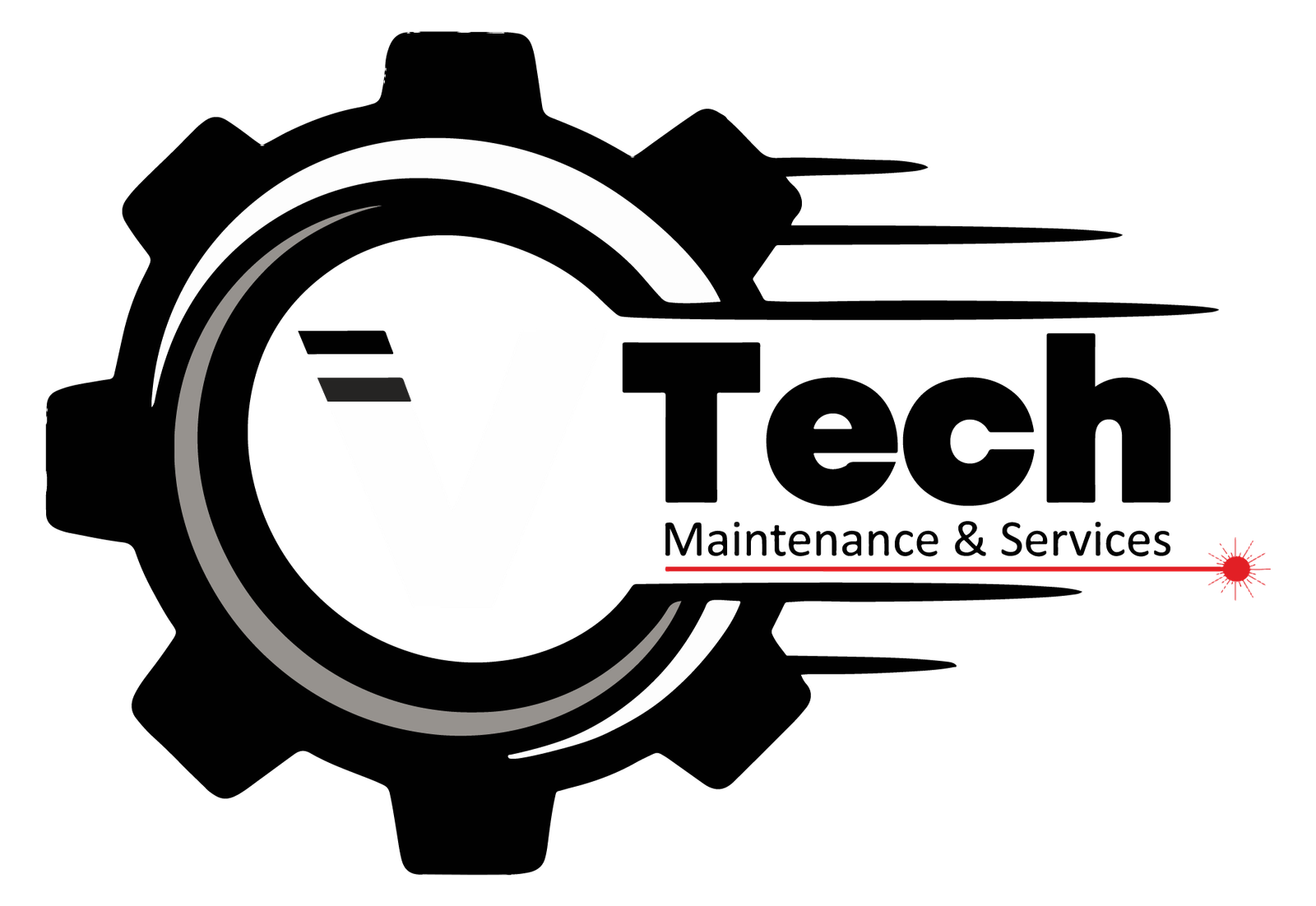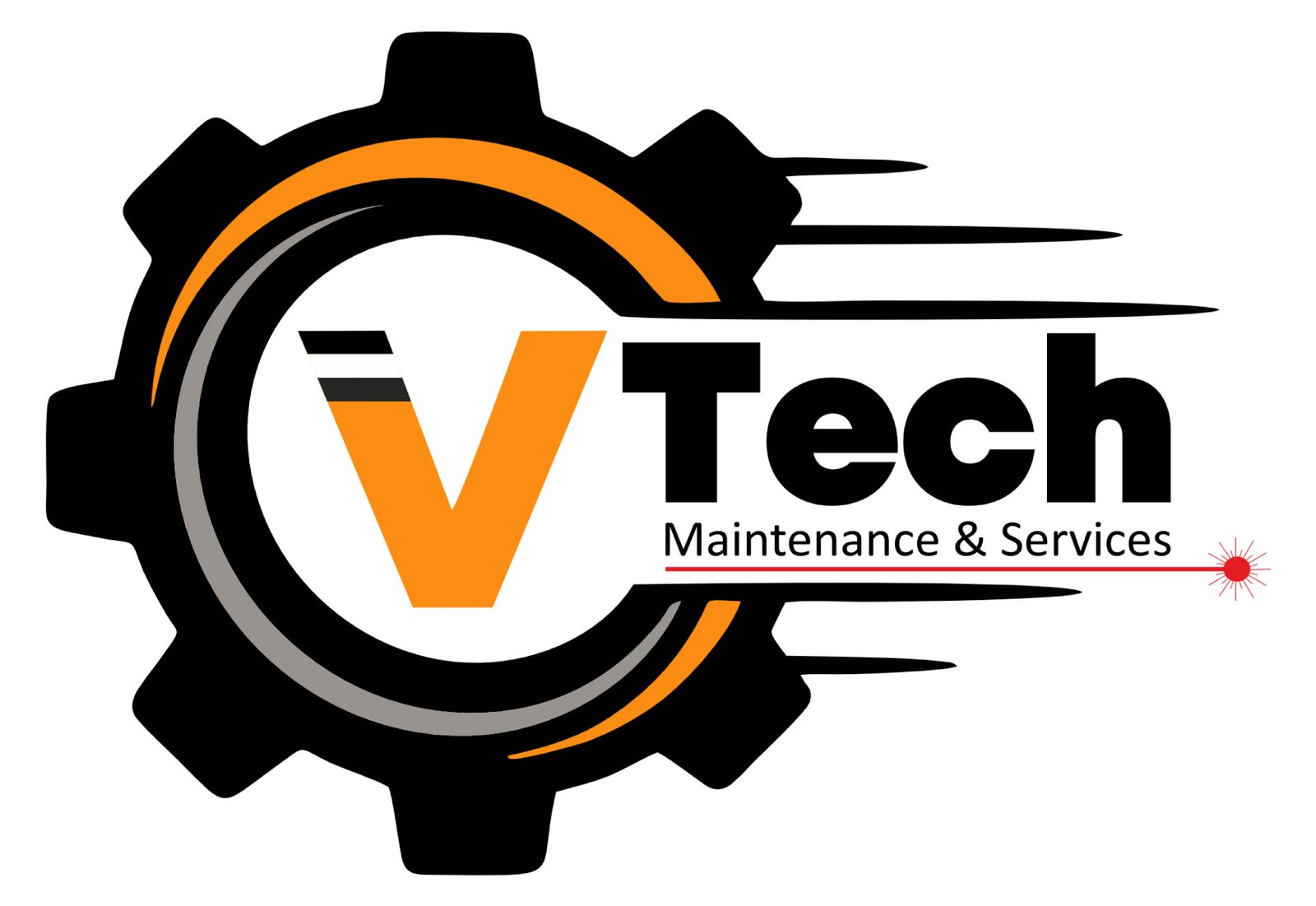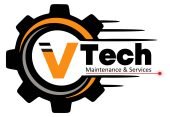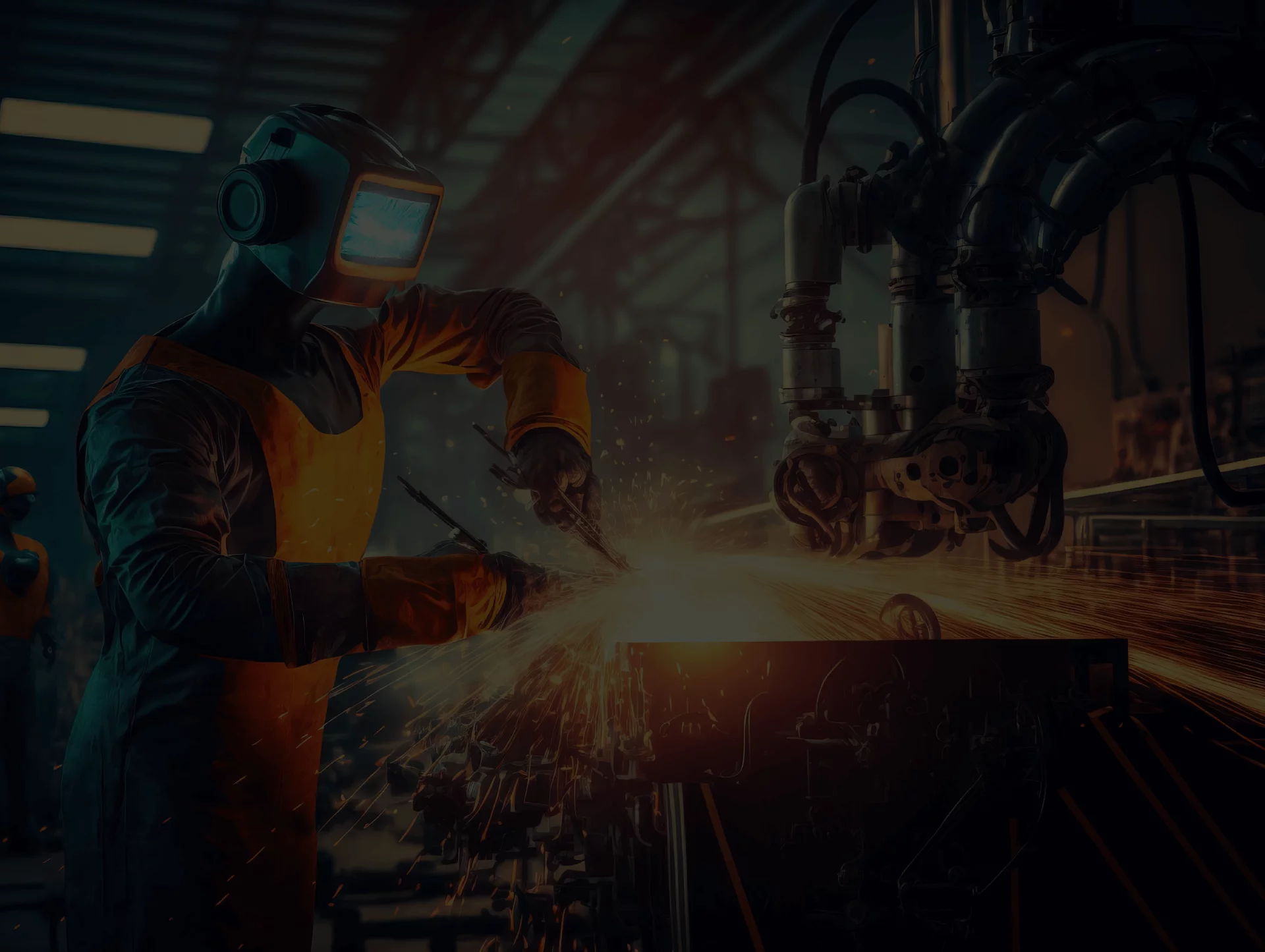

Automobile Industry
Automobile Industry
In the automobile industry, precision alignment is crucial for ensuring the efficiency, reliability, and longevity of machinery used in vehicle manufacturing, testing, and maintenance. Laser shaft alignment, geometrical alignment, and belt alignment play essential roles in production lines, powertrains, and component testing. Here’s how each type of alignment benefits automotive operations:
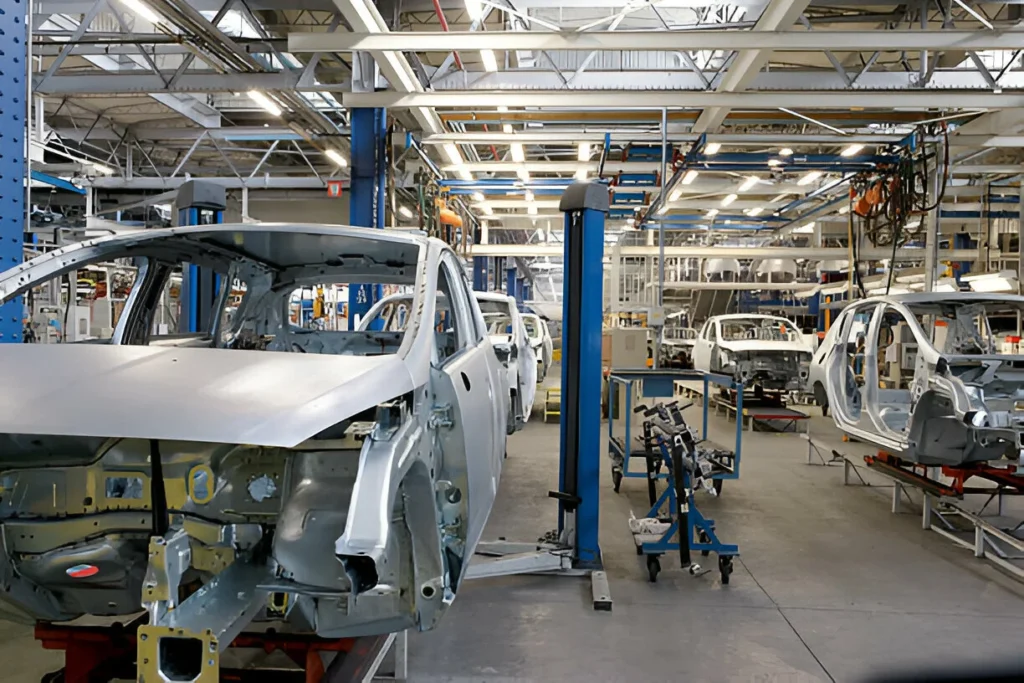
1. Laser Shaft Alignment
Purpose: Ensures precise alignment of rotating shafts in automotive machinery such as engines, drive systems, pumps, and robotic assembly lines.
Benefits:
Applications in the Automobile Industry:
Engine & transmission assembly lines: Ensures smooth power transfer and prevents misalignment-induced wear.
Dynamometers & test benches: Reduces stress on rotating components during vehicle testing.
Cooling & hydraulic pumps: Prevents leaks and seal failures in manufacturing plants.
Conveyor & robotic drive systems: Enhances precision in automated assembly lines.
2. Geometrical Alignment
Purpose: Ensures accurate positioning of automotive components by checking flatness, straightness, perpendicularity, and parallelism.
Types of Geometrical Alignment:
Chassis alignment: Ensures accurate vehicle frame positioning for safety and performance.
Axle & wheel alignment: Reduces tire wear and improves vehicle stability.
Robotic arm positioning: Ensures precision in welding, painting, and assembly.
Engine and transmission housing alignment: Prevents mechanical stress and enhances durability.
Benefits:
Applications in the Automobile Industry:
Wheel alignment systems: Improves driving stability and reduces tire wear.
Vehicle frame assembly: Ensures correct fitment of doors, panels, and suspension components.
Robotic welding & painting: Enhances precision in car body manufacturing.
Transmission and axle alignment: Reduces mechanical losses and enhances driving performance.
3. Belt Alignment
Purpose: Ensures pulleys and belts in automotive production and vehicle systems are
properly aligned to prevent excessive wear and inefficiencies
Benefits:
Applications in the Automobile Industry:
Engine timing belts & serpentine belts: Ensures proper synchronization for smooth vehicle operation.
Conveyor belt systems in factories: Enhances production line efficiency.
Cooling fan belts: Ensures optimal cooling system performance.
Air conditioning compressor belts: Improves climate control reliability in vehicles.
Importance of Alignment in the Automobile Industry
1. Improves Vehicle Performance: Proper alignment ensures smooth engine operation, reduced vibration, and fuel efficiency.
2. Enhances Manufacturing Precision: Reduces defects and ensures high-quality vehicle assembly.
3. Reduces Maintenance & Warranty Costs: Minimizes premature wear and failures in automotive components.
5.Optimizes Energy Efficiency: Prevents unnecessary power losses in production machinery and vehicles.
5. Ensures Safety & Reliability: Proper alignment reduces stress on vehicle components, improving overall durability and road safety
